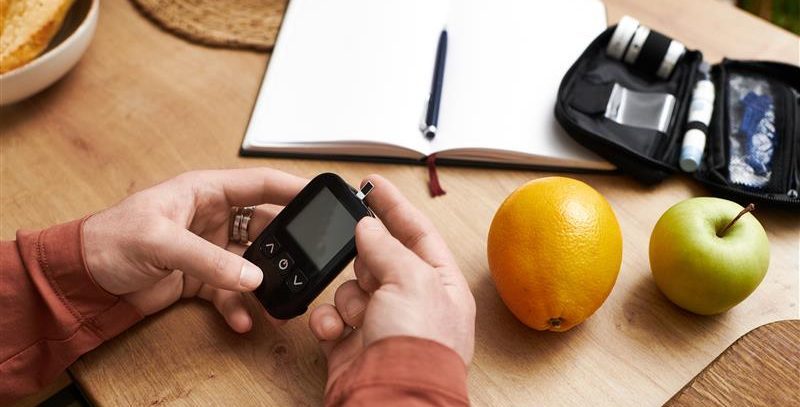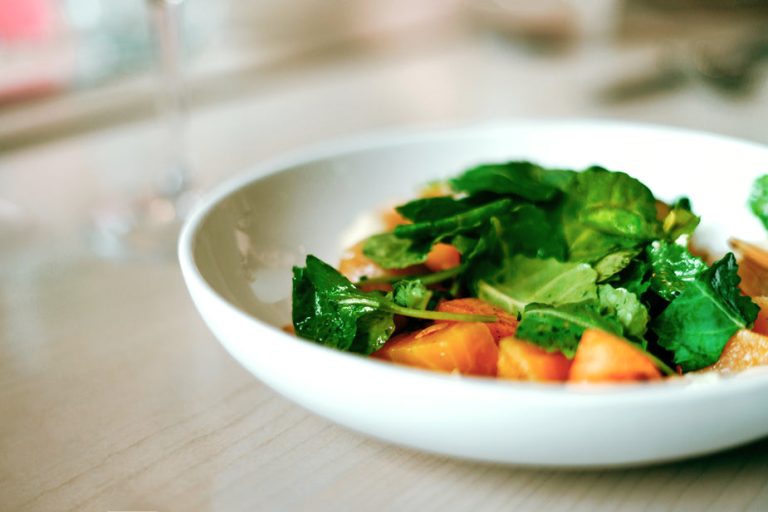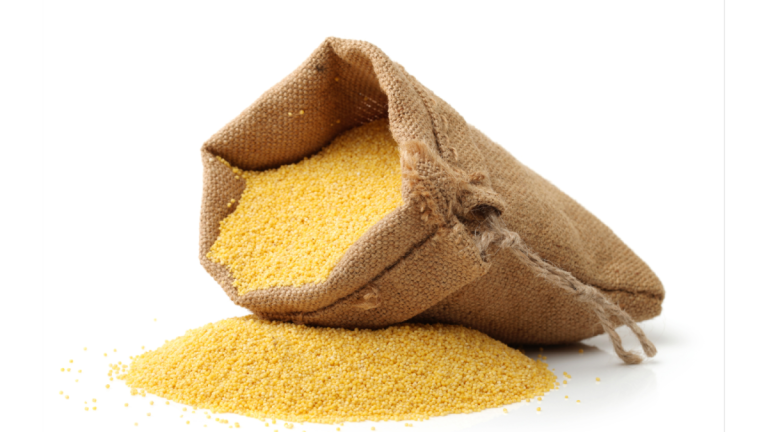
If you’re eyeing that extra ladoo or a second helping of chai, here’s a reality check: 1 in 10 Indians has diabetes, and even more are on the prediabetes train. So yes, watching your blood sugar is serious business. But don’t worry – we’re not about to banish all your favourites!
Let’s first get under the bonnet to understand how it all works so we can fuel our bodies the right way and keep them running smoothly.
Time to get friendly with insulin – the sometimes-hero, sometimes-villain of this story. This little hormone helps our cells absorb glucose for energy. But too much insulin can turn glucose into fat. And if insulin isn’t working right, sugar stays in your blood and makes itself at home. Key is to improve insulin sensitivity; basically the cell’s ability to absorb glucose better and convert it to energy.
Think of these as ‘slow and steady’ foods, releasing energy without giving you a sugar high. Load up on low-GI foods (below 55 on the GI scale): fewer carbs, moderate protein, healthy fats, and fibre.
Avoid fleshy stems like potatoes and go for green veggies like cauliflower, okra, and brinjal to keep you full and support healthy sugar levels.

build a system that offers it first. Explore our wellbeing programs →

Foods high in high-fructose corn syrup are the fast lane to sugar spikes. Always read labels, and if you can’t pronounce half the ingredients, put it back!
Each snack kickstarts insulin production, so avoid snacking unless you’re truly hungry. Even tea breaks can add to the sugar load, so try to keep them in check!
Millets are packed with nutrients, and each variety has its own superpowers. Ragi is great for calcium, kodo millet for folic acid. Switch it up and let your taste buds explore these healthy grains.
Parboiled or black rice, and even Kerala’s red/matta rice, are better options than the highly polished kind.
Bonus: They keep your metabolism in check, so go ahead and add these to your plate. Good news for Basmati lovers; it has a low-moderate GI, so feel free to add it to your plate.


Diet can only do so much! Regular exercise helps muscles soak up glucose, making them a powerhouse for burning it off. Even a 10-minute walk can do wonders. The more you move, the better your insulin works, so keep up the activity throughout the day.

Talk to our team
© 2025 Happizest, a division of Happiest Health. All rights reserved. | Privacy Policy | Disclamier